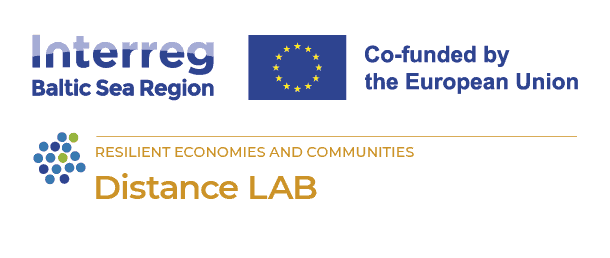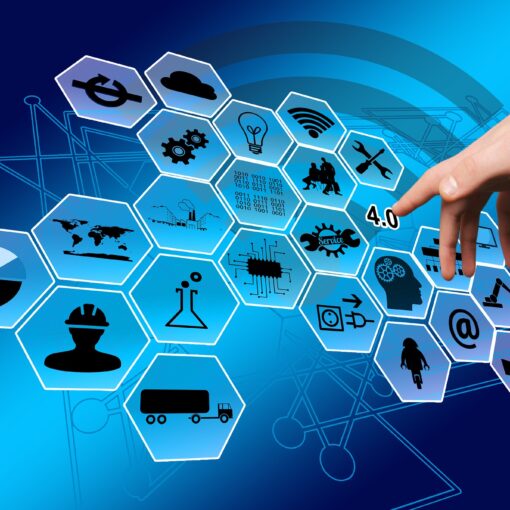As remote work has significantly increased worldwide over the last years (Statista 2024), this shift calls for attention for a quality of interaction and communication competences at remote work. Communication skills are different in remote work (Dhawan 2021). This blog text discusses some tips for avoiding miscommunication in screen-based interactions.
The likelihood of miscommunication is higher in screen-based interactions. Participants may have different ideas what are the intentions or the topics of the conversation (Holtgraves et al. 2023). The absence of body language leaves significant parts of communication unexpressed. Feedback can be delayed or separated from the context. Careless word choices – or silence ‒ may lead to confusion. Even punctuation can be subject to varying interpretations. Misunderstandings and tensions may emerge. (Dhawan 2021; Dhawan & Chamorro-Premuzic 2018)
Showing appreciation in the digital world happens differently – be clear
Dhawan (2021) points out the meaning of successful communication and that the communication rules are ultimately different in the digital world. What is often implied in traditional face-to-face communication must be explicitly conveyed in digital communication. Ways to show appreciation are different in digital communication. Trust is built with clarity and through using clear, mindful, and direct messages, writing or talk. Digital communication requires creating and managing a clear set of expectations. In digital communication Dhawan (2021) recommends clearly showing appreciation by being attentive to others and making them feel appropriately valued. This means showing awareness of others, their needs, and schedules. To make people feel valued in the digital world requires effort reading e-mails carefully, responding to them timely, not cancelling meetings at the last minute and giving space to real conversations to show that you do value them. (Dhawan 2021)

Communication style, tone, and content matter
Communication should be mindfully tailored for the audience. Communication style, tone and content matter. (Dhawan 2021) Each communication medium is unique and allow different interactions (Geiger 2020). Also, it is important to recognize relations and power roles in communication. For example, it may be wise to let the person with higher authority to determine the level of formality. (Dhawan 2021)
In virtual collaboration engagement can be strengthened through affirmative responses and timely answers. Positive emotions can be conveyed with words and emojis, while video conferences with the camera on allow richer communication by showing body cues and expressing appreciation through active presence and participation. Life is dynamic, with varying levels of importance and urgency, and digital communication can reflect this. Emotions must be acknowledged, and excitement or urgency is conveyed differently online—through direct language and quick responses. (Dhawan 2021)
Ultimately, trust is a cornerstone of good communication also digitally, and it can be cultivated by being clear, consistent, acknowledging and responding carefully what others say and using thoughtful language. (Dhawan 2021) Digital communication is worth of paying attention to.
Author
Heidi Myyryläinen is RDI Specialist at Business Unit at LAB University of Applied Sciences. She is LAB´s project manager in Distance LAB project (LAB 2024) that aims to equip firms and public organizations with upgraded remote interaction skills.

References
aromavit. 2024. Videoneuvottelu, online, istunto. Pixabay. Cited 7 Aug 2024. Available at https://pixabay.com/fi/illustrations/videoneuvottelu-online-istunto-8768503/
Dhawan, E. 2021. Digital Body Language: How to Build Trust and Connection, No Matter the Distance. New York: St Martin’s Press.
Dhawan, E. & Chamorro-Premuzic, T. 2018. How to Collaborate Effectively If Your Team Is Remote. Cited 7 Aug 2024. Available at https://hbr.org/2018/02/how-to-collaborate-effectively-if-your-team-is-remote
Geiger, I. 2020. From Letter to Twitter: A Systematic Review of Communication Media in Negotiation. Group Decision and Negotiation. Vol. 29(2), 207–250. Cited 9 Aug 2024. Available at https://doi.org/10.1007/s10726-020-09662-6
Holtgraves, T., Bray, K., & Britton, K. 2023. How people perceive and talk about miscommunication. Journal of Pragmatics. Vol. 217, 140–152. Cited 9 Aug 2024. Available at https://doi.org/10.1016/j.pragma.2023.09.011
LAB. 2024. Distance LAB – remote service hub for SMEs and public sector. Project website. Cited 9 Aug 2024. Available at https://lab.fi/fi/projekti/distance-lab-remote-service-hub-smes-and-public-sector
Statista. 2024. Percentage of employees who work from home all or most of the time worldwide from 2015 to 2023. Cited 9 Aug 2024. Available at https://www.statista.com/statistics/1450450/employees-remote-work-share/




